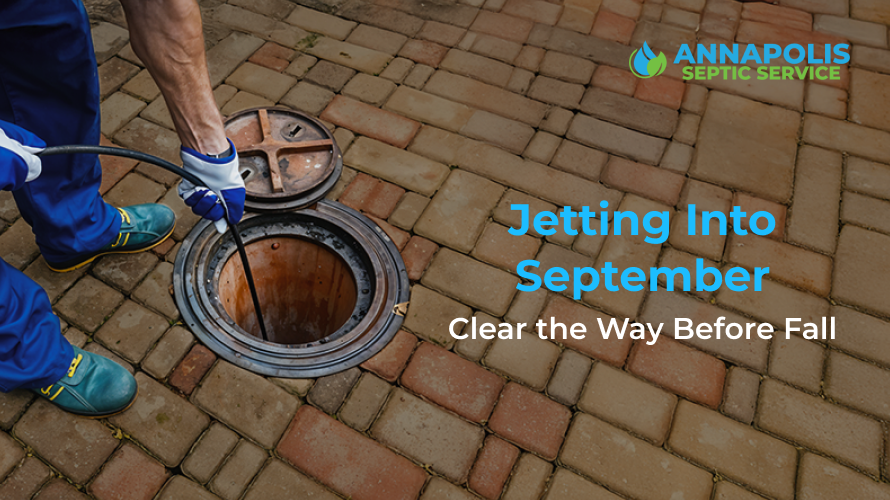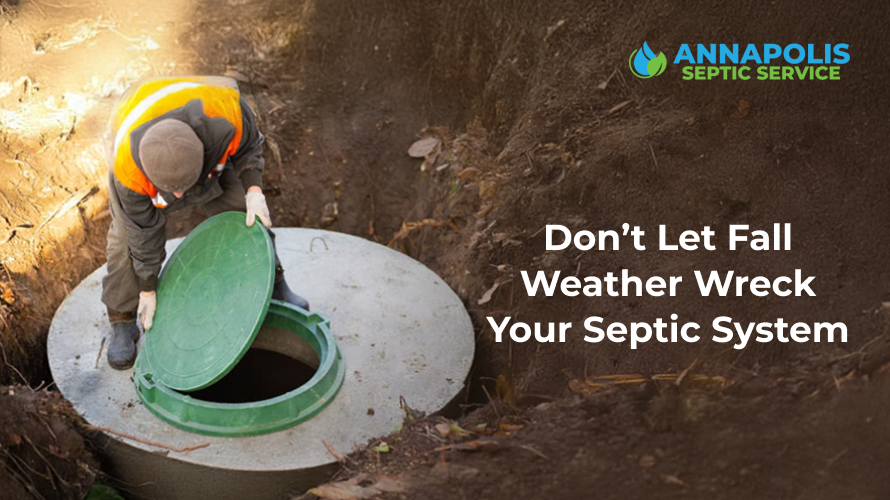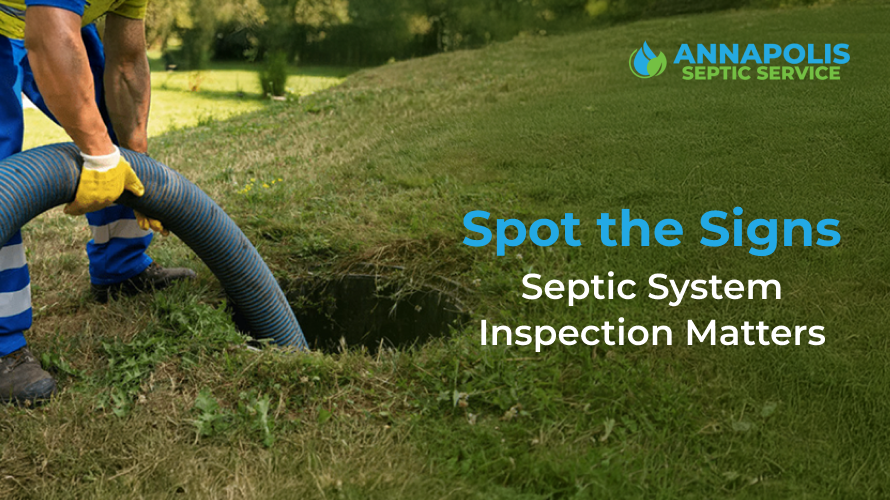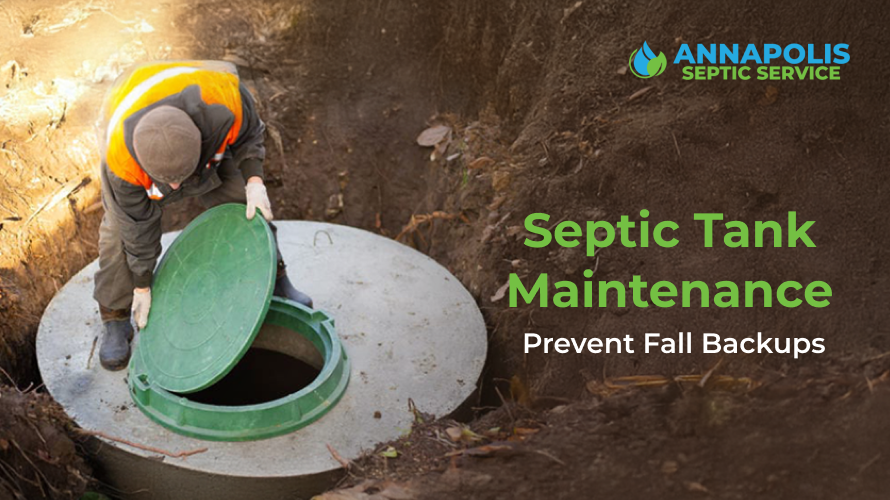Let’s talk about your septic system. Not exactly dinner conversation, right? But keeping it in good shape means fewer headaches and way less mess. September might not seem like the most exciting time of year for home maintenance, but when it comes to jetting septic service, it’s actually one of the best months to get it done. Here’s why.
What Is Septic System Jetting, Anyway?
Before we dive into why September is ideal, let’s start with the basics. Septic system jetting is a high-pressure water technique used to clear out sludge, debris, grease, and other buildup from your septic pipes and system. It’s way more effective than snaking or other methods because it not only removes blockages but also scours the insides of your lines. Think of it like giving your system a power wash.
Jetting helps your septic system function more efficiently, which can prevent backups, reduce odors, and extend the life of your system. In short, it’s one of those maintenance tasks that keeps everything running smoothly as it should.
Why September Hits the Sweet Spot
Timing really does matter when it comes to jetting septic service, and here’s why September is perfect:
1. Warm Weather Helps the Process
September weather tends to be hot and dry, and that works in your favor. Warm soil makes it easier for technicians to locate and access septic components without delay. Additionally, without frozen or overly saturated ground, there’s a lower chance of delays or damage.
2. Your System Has Been Working Overtime
Summer is the peak time for guests, outdoor cooking, and backyard parties. That means your septic system has probably been working harder than usual. More showers, more dishwashing, and more laundry all put added pressure on your system. By September, it’s likely built up a bit of grime. Jetting now helps restore efficiency before fall rolls in.
3. It Prepares You for the Rainy Season
While September can still be dry, fall often brings rain – and that rain can saturate your soil, making septic issues worse. A freshly jetted system is less likely to struggle during heavy rains and is more prepared to manage increased water flow. Consider it a preventive move before the wet season starts.
Keep Your System in Check
Let’s face it: septic problems always seem to show up at the worst times. A backup in the middle of a holiday weekend? No thanks. That’s why proactive maintenance, such as septic system jetting in September, is a smart move. You’re not waiting for something to go wrong – you’re stopping it from happening in the first place.
Even if your system seems fine on the surface, jetting can remove hidden buildup that could become a big issue later. Buildup inside your lines often accumulates slowly and silently. By the time you notice a slow toilet or unpleasant odor, you might already be facing a larger problem.
Not Your Average DIY Job
Let’s clear up one thing. Septic jetting isn’t something you can do with a hose from your garage. It takes professional-grade equipment and expert knowledge to do it right. Improper pressure can damage pipes, and missing parts of the system can leave buildup behind. While it’s great to be hands-on with home maintenance, this is one job best left to the professionals.
Know Before You Schedule
Not all septic systems are created equal, and not all require jetting at the same frequency. Factors like household size, water usage, and system design all play a role. Before you pick up the phone, it’s smart to educate yourself on what to expect.
You can check this blog post titled Jetting Septic Systems: What You Need to Know Before Scheduling Service to get a full breakdown. It covers everything from how jetting works to signs you may need it, plus some tips on preparing your system beforehand. It’s a great read if you want to feel more confident about the process.
September Jetting Helps You Get Ahead
If you’ve ever had to deal with septic troubles in the middle of a rainy autumn, you know how stressful it can be. Systems tend to slow down or even back up under pressure from wet soil and increased water levels. But if you take care of it now, in September, you’re setting yourself up for a smooth ride into fall.
A bonus? Many people wait until things go wrong before scheduling service, which means professionals get busier as fall progresses. Getting ahead of that wave in September can mean faster scheduling and less downtime for you.
How Often Should You Jet Your Septic System?
This depends on your specific system and usage. For most homes, jetting septic service once every one to three years is a good rule of thumb. However, if you’ve recently moved into a house and don’t know the history of your system, or if you’ve been noticing warning signs like gurgling drains, unpleasant smells, or soggy spots in the yard, it may be time to act sooner.
Your septic technician can give you personalized advice after checking your system, so don’t hesitate to ask questions during your next appointment.
The Bottom Line
September is more than just the last full month of summer. It’s the ideal time to address potential septic issues and ensure your home is prepared for the changing seasons. Septic system jetting is a smart, proactive step that can keep everything working smoothly, preventing you from dealing with stressful surprises later.
Let’s Make September the Month of Maintenance
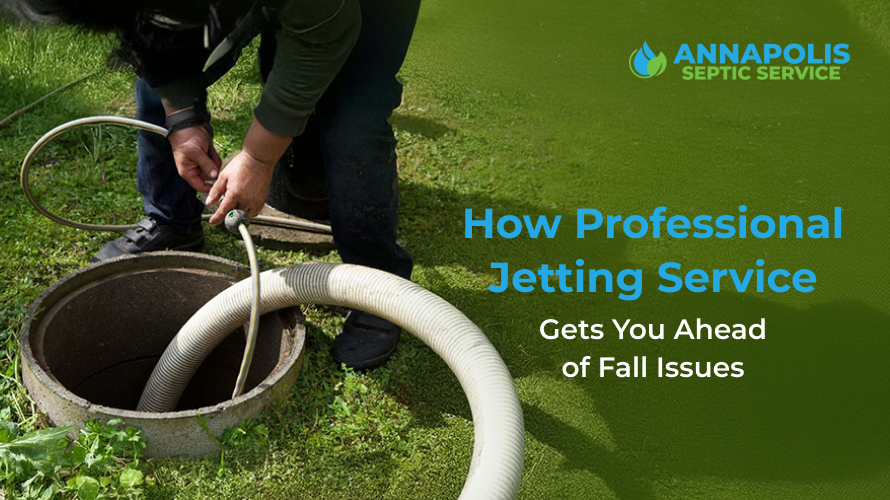
If you’re considering scheduling a jetting septic service, September is an ideal time to do so. Take advantage of the dry weather, get ahead of the fall rush, and give your system a fresh start. At Annapolis Septic Service, we’re here to help you get your system in top shape for the months ahead. Contact us today to learn more or to schedule your September septic jetting appointment. Your future self will thank you.
FAQs
Why is September a smart time for septic system jetting?
September offers the perfect balance of weather and system demand. With summer activities winding down and fall around the corner, it’s an ideal window to clear out buildup before seasonal rains or winter freeze hit. Jetting now helps prevent backups, odors, and emergency service calls later in the year.
What exactly does septic system jetting involve?
Jetting septic service uses high-pressure water to remove sludge, grease, and debris from the pipes and system components. Unlike traditional methods, jetting cleans thoroughly and reaches areas where blockages often form, helping restore proper flow and system performance.
How often should septic jetting be scheduled?
For most homes, septic system jetting is recommended once every 1–3 years, depending on usage and household size. If your system has shown signs of slow flow, bad odors, or previous blockages, more frequent jetting may be needed. A professional can help determine the right schedule for your system.
Is jetting better than other septic cleaning methods?
Jetting is considered more effective than basic pumping or snaking for clearing buildup in pipes and leach fields. It doesn’t just remove waste – it scrubs the inner pipe walls, reducing the risk of future clogs and improving long-term system health.
How can I prepare for a jetting service before scheduling it?
Start by checking for signs that your system needs attention, such as slow drains, gurgling toilets, or pooling around the drain field. These early red flags often indicate a buildup that jetting can resolve before it turns into a costly problem.

